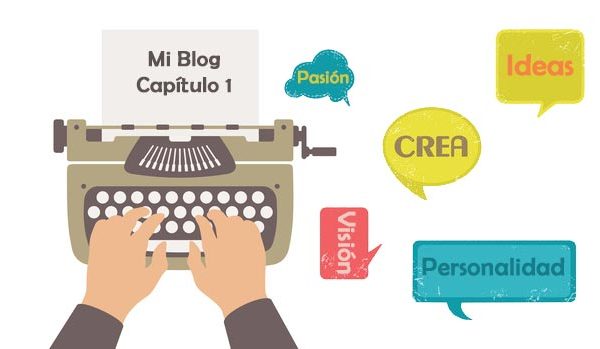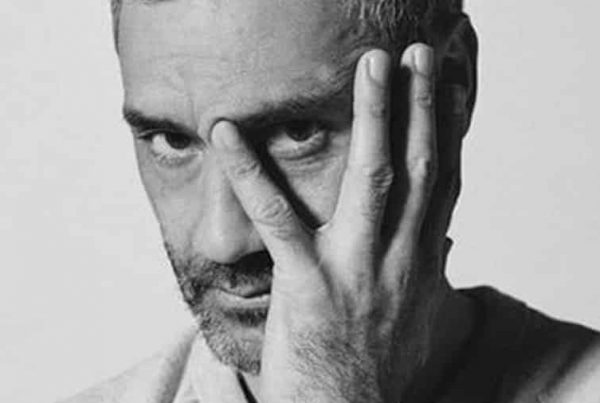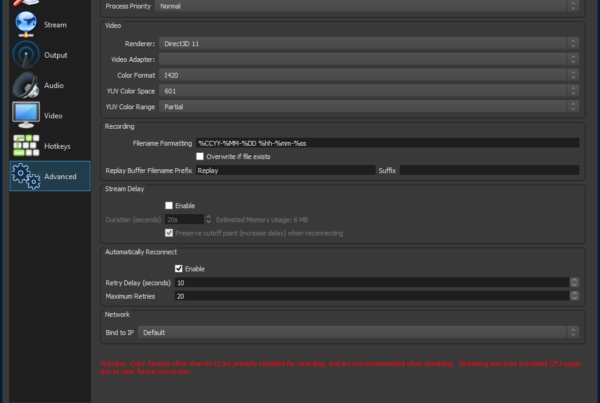Interaction Design o Interaction Design (abbreviated: IxD), is part of software and product development that touches the two areas of design and HCI. The goal of interaction design is to develop interactive products, programs, services, or systems. The external form of the development is less important than the way the user can handle it. Similarly, interaction design is typically not used to get the most out of existing products, but to develop or anticipate products that will be needed in the future.
Background
Interaction design was born in the 1980s, when designers Bill Moggridge and Bill Verplank first mentioned the term. But it was not until the 1990s that the theme was taken up by other designers and the term "interaction design" was actively used. The idea behind the term is apply industrial design theory to software-controlled products.
Interaction design was ultimately recognized by science as an independent design direction. In 1994, the first Master's Degree in Interaction Design was taught at Carneggie Mellon University in Pittsburgh, United States. At this time, many universities around the world offer the Interaction Design course, which means that usability is constantly developing.
User Interface vs. Interaction Design
The boundaries between interaction design and user interface design or UX design are usually fluid. For this reason, individual areas are usually mixed.
However, a feasible separation can be made, because the interaction design aims primarily at the interaction between man and machine, as well as its exploration and optimization. On the other hand, UX design or user interface design deals only with a part of the whole. While interface design is primarily focused on the user interface, UX design questions the feasible user experience with the software or product. Interaction design can use both areas to drive communication between gadgets and humans.
Interaction design is not limited to software and products. Theoretical arguments can also be applied to services.
Specializations
Interaction design has also evolved in some areas. Thus, Social Interaction Design examines and improves the social component of design. These include, for example, the possibilities offered by a software or service to communicate with other people. An example is the incorporation of interfaces for social networks in mobile phones or in software.
With the help of emotional interaction design, a program, an application or a service generates additional emotions for the user or is designed to evoke certain feelings. This can be the sound of a car closing the passenger door, as well as the color design of the app icons.
Methods and emphasis
Interaction design is a continuous design procedure based on repetitive or successive principles. The six most common are briefly presented below:
- Preliminary investigation:
In order to better understand and define the future user, each interaction design requires detailed and prior research work. In what environment does the user live and work? What similar products are already available? Using these and other similar questions, observations, and quizzes, Interaction Designers are given initial opportunities for their work.
- Analysis and conception:
In the second step, the collected research data is first used to produce a robust analysis, which in turn forms the basis for the initial concepts. Techniques such as brainstorming are used here. The result of the second step is ultimately a term of the objectives and concrete planning of the project.
- Creation:
At this stage the first drafts and variants are developed. The designs already contain the most important items from the downstream product and now flow into prototype production.
- Prototypes and tests:
The designs now become the first prototypes that can also be tested. Whether it involves testing procedures such as paper prototyping or other usability testing is up to each interaction designer. The test procedures allow you to modify and make the most of the already created products once again.
- Establishment and start-up:
At this stage the products are implemented directly. During this stage, changes are also possible.
- Final test round:
After the program has been configured, Interaction Designer tests all functions again and checks the product for errors or bugs.
Examples
Among the results of interaction designers are, for example, advances in the control of computers, tablets or smartphones. These include voice control of search engines, gesture control or the use of apps on mobile phones.
An example of the result of the interaction design is the gesture control of the Samsung Galaxy S5, which is explained in this video.
Web Links






